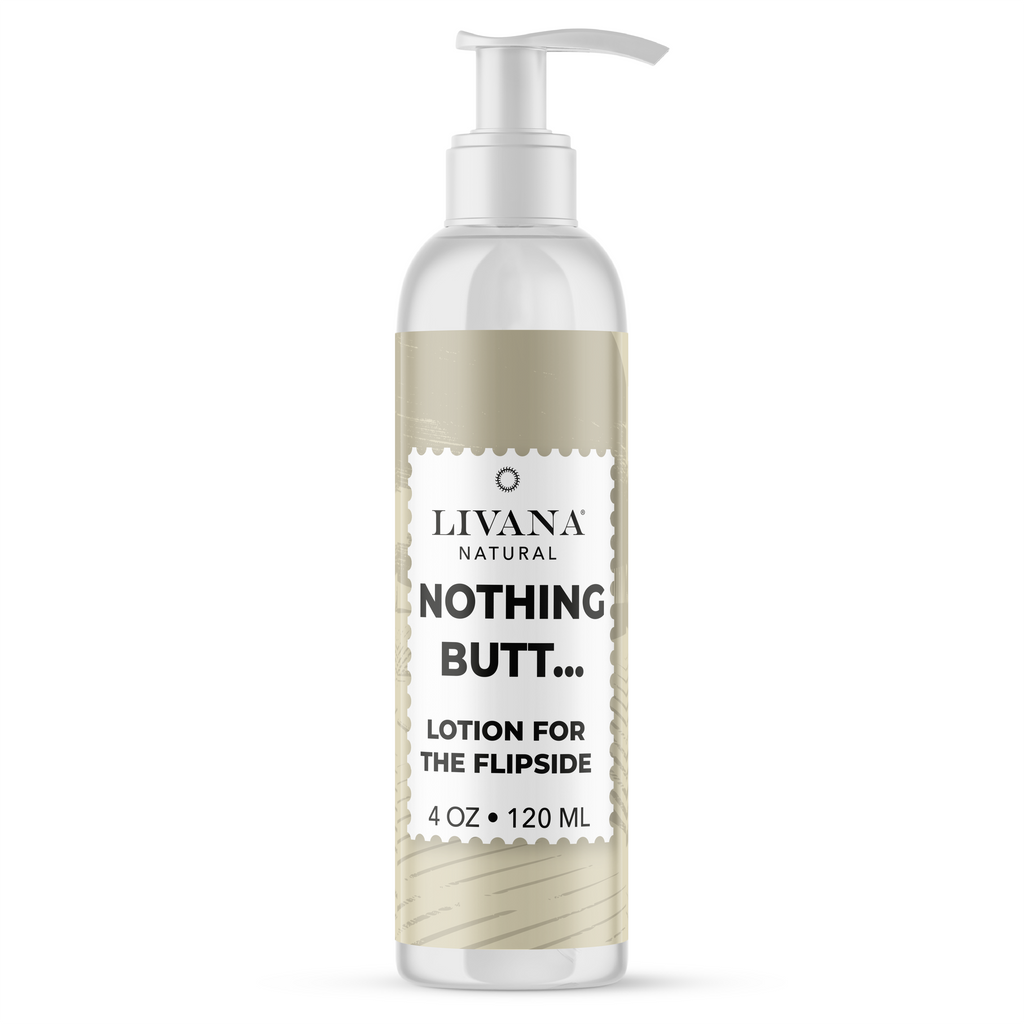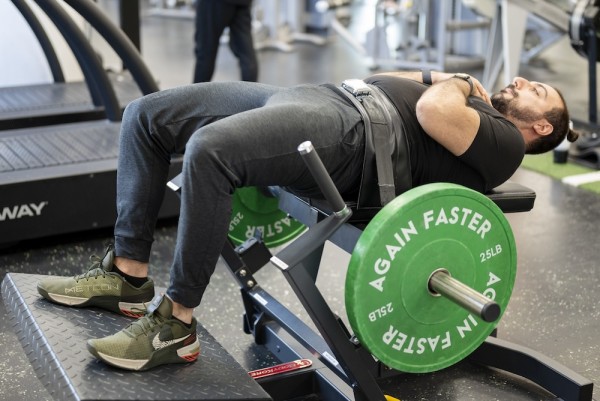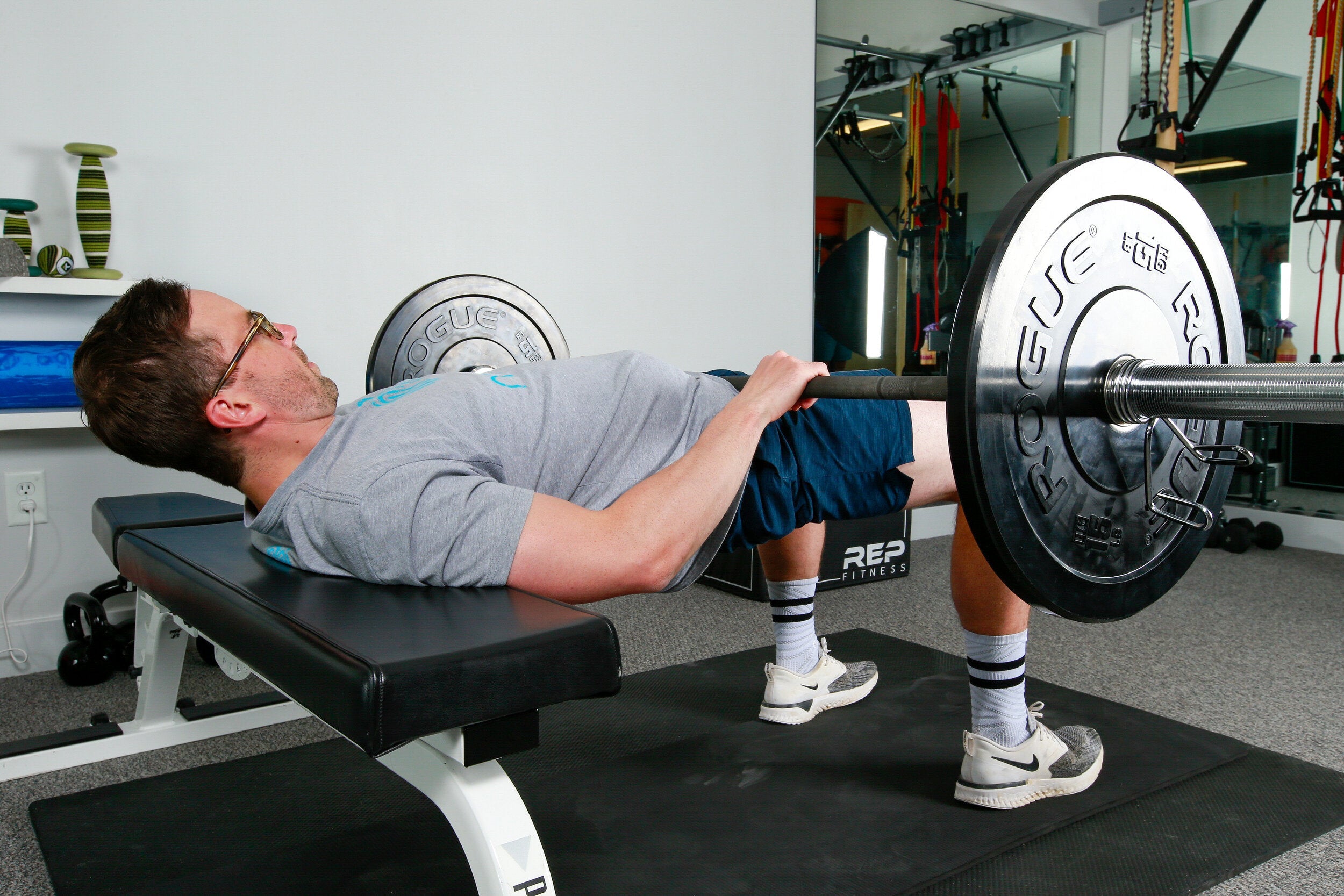What Part of the Glute Does Hip Thrust Work Effectively?
For those in the beauty industry, understanding the mechanics of popular workout moves like the hip thrust can enhance your expertise in advising clients about fitness and body aesthetics. The question we dive into today is, 'what part of the glute does hip thrust work?' In this in-depth article, we will explore the anatomy of the glutes, the proper technique for the hip thrust, and additional nuances that beauticians need to be aware of to better guide their clients.

The Anatomy of the Glutes
Before answering our key question, lets take a moment to understand the glutes. The gluteal muscles consist of three primary components: the gluteus maximus, gluteus medius, and gluteus minimus. Each has its distinct function and contributes to the overall shape and strength of the buttocks.
1. The Gluteus Maximus
This is the largest muscle in the glute family and is primarily responsible for the hip thrust movement. It's what gives the buttocks their prominent shape. The gluteus maximus is heavily engaged during the hip thrust, contributing to muscle growth and strength. For beauticians, knowing how this muscle works can help you recommend exercises that enhance overall body aesthetics.
2. The Gluteus Medius
Located on the outer side of the pelvis, the gluteus medius plays a significant role in stabilizing the hip. While it's not the primary muscle worked during the hip thrust, it assists in movements that promote balance and strength. This is crucial for clients who may require stability and robustness in their lower body for better aesthetics.
3. The Gluteus Minimus
The smallest of the three muscles, the gluteus minimus works in conjunction with the medius for stability during many movements. While it doesn't get as much emphasis during the hip thrust, understanding its role can help in creating a comprehensive fitness plan for your clients.

How to Perform a Proper Hip Thrust
To answer the initial query more thoroughly, you need to know how to do a proper hip thrust. This exercise should become an essential part of any fitness routine aimed at building the glutes.
Step-by-step Guide
1. Start by sitting on the ground with your upper back against a bench.
2. Roll a barbell over your thighs and position it just above your hips.
3. Plant your feet flat on the ground, knees bent at a 90-degree angle.
4. Drive through your heels and lift your hips towards the ceiling while contracting your glutes. This movement primarily targets the gluteus maximus.
5. Hold the position for a moment at the top before lowering back down.
Proper Technique
Benefits of Hip Thrusts for Beauticians and Clients
As beauticians, understanding the benefits of the hip thrust can empower you to advise your clients on how to enhance their physique. Here are some core advantages:
- Muscle Growth: Hip thrusts effectively promote muscle hypertrophy in the gluteus maximus.
- Improved Performance: Building strength in the glutes can improve your clients' athletic performance, enhancing overall fitness.
- Injury Prevention: Crafting a strong posterior chain helps in maintaining proper posture and reducing the risk of injuries.

Common Mistakes to Avoid
Even seasoned gym-goers can make mistakes while performing hip thrusts. Here are a few to watch out for:
1. Incorrect Knee Position
If the knees are too far forward or excessively bent, it may strain the joints.
2. Not Engaging the Glutes
Make sure clients are primarily targeting their glutes, not their lower back. Engage in a proper contraction while lifting.
3. Lack of Control
A rushed movement can lead to poor form. Encourage slow and controlled reps for maximum effectiveness.
Developing a Comprehensive Glute Training Routine
As beauticians, its essential to advocate for a balanced workout routine that doesnt solely rely on hip thrusts. Additional exercises that complement the hip thrust include:
- Squats
- Deadlifts
- Lunges
Maintaining Client Motivation
The journey to achieving desired aesthetic goals can often be challenging. Tips to keep your clients motivated include:
- Setting realistic goals
- Celebrating small achievements
- Incorporating variety into their workout sessions
FAQs
1. How often should I do hip thrusts?
For optimal muscle growth and strength, it's typical to incorporate hip thrusts into your routine 2-3 times a week, allowing recovery time.
2. Can hip thrusts help with back pain?
Yes, by strengthening the glutes and stabilizing the pelvic region, hip thrusts can contribute to better posture and alleviation of certain back pain.
3. Are hip thrusts suitable for beginners?
Absolutely! Start with bodyweight movements and progressively add weight as proficiency grows.
Conclusion
Understanding what part of the glute does hip thrust work is vital not only for personal fitness but also for beauticians in offering informed advice. The hip thrust primarily targets the gluteus maximus, paving the way for overall improvements in your clients' body shape and function. As you help them achieve their goals, remember to address the full glute anatomy for a well-rounded approach.
For more about the mechanics of hip thrusts, visit this resource to enhance your knowledge.
As an Amazon Associate, I earn from qualifying purchases.

